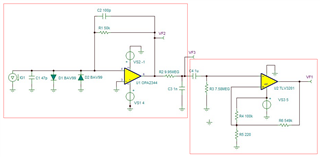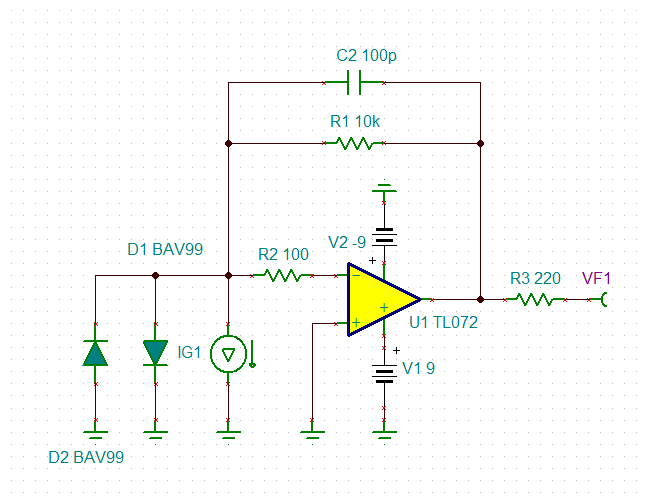Greetings everyone!
I am John Mark Ludovice, an Agricultural and Biosystems Engineering student from the Philippines, currently working on my undergraduate research. I am trying to develop a handheld automated egg candler using the principles of photoplethysmography. However, I have difficulties making my amplification and filtration circuit work.
I am trying to amplify the cardiac signal using an OPA344 amplifier with a cut-off frequency of 16 Hz. Then I applied a passive RC high-pass filter with a cut-off frequency of 23 mHz. Then I incorporated a comparator to detect the peaks. I simulated it using TINA-TI and here are the results:


However, whenever I try to create a prototype, the system is very erratic. I've tried putting a probe on the output pin of the OPA344 and the signal is not as expected. I have little to no knowledge with regards to electronics hence I badly need some help.
Thank you!



